When Hollywood isn’t recycling and “reimagining” movies from yesteryear with unlikely cast lead actors/actresses like Dwayne “The Rock” Johnson as everyone, they occasionally get something right in the survival genre. Hollywood films have incredible reach, and one blockbuster has the potential to create a whole generation of new outdoorsmen from its viewers. But for all the good influence survival movies can have on inspiring the audience, there’s also plenty of bad as the collective efforts of writers, directors, and technical advisors frequently fail to hit their mark with respect to accuracy, safety, or plausibility. We’ve taken six Hollywood survival movies and broken them down for their solid survival practices as well as the scenes that make us cringe.
Survival Movies that Got it Right
The Edge (1997)
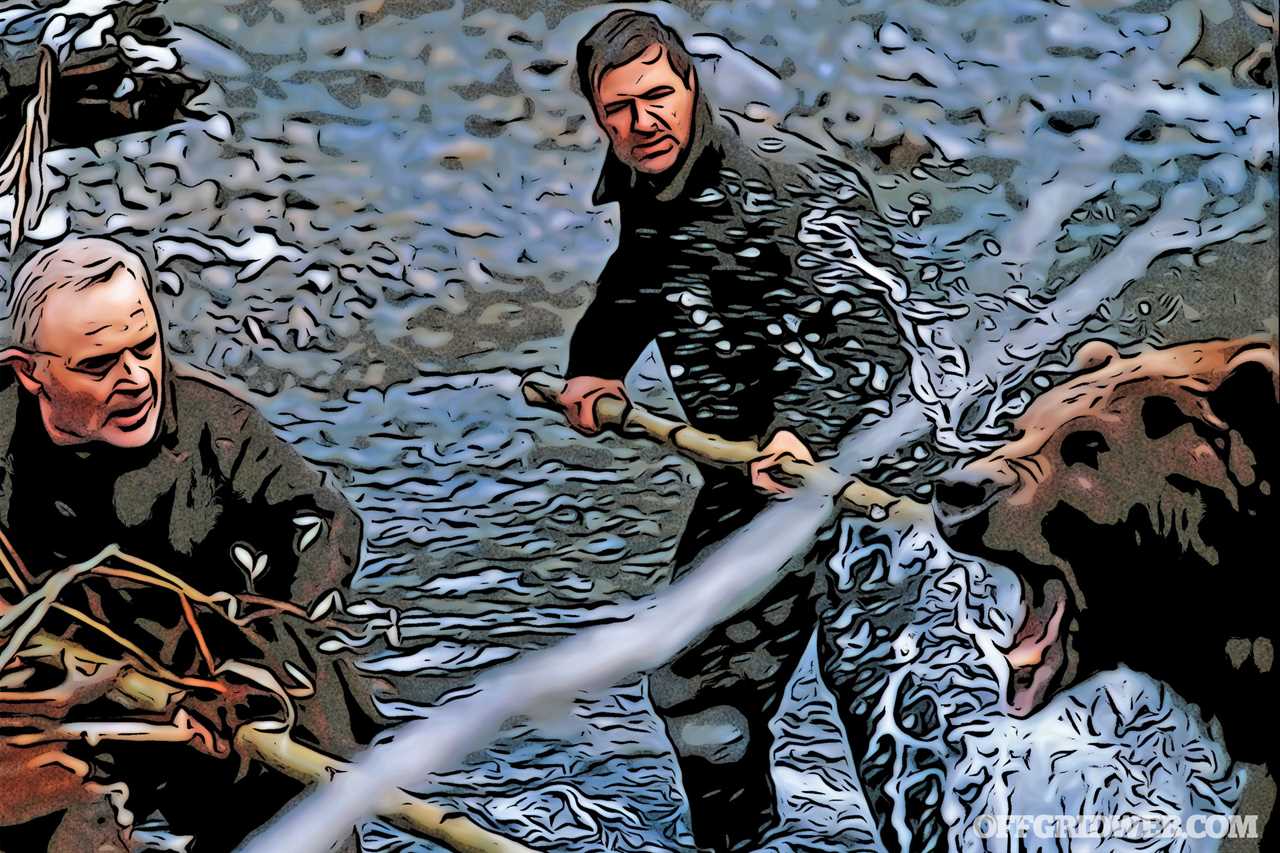
“What one man can do, another man can do!” That line has resonated with us ever since we watched Anthony Hopkins (millionaire Charles Morse) and Alec Baldwin (photographer Robert “Bob” Green) trek through the Alaskan Wilderness after their bush plane crashed in this badass movie. We have to watch it all the way through even if it comes on at 1 a.m. when we’re flipping through the channels. The Edge does it right, well mostly right, and we were terrified when the dark ominous music played as Bart the Bear showed up to eat the photography assistant character and let the audience know the two stars would be fighting off a “man killer” as Charles put it.
In the movie, Charles is a brilliant wealthy man whose knowledge is mostly theoretical. Prior to his ordeal in the wilderness, he is gifted a pocket watch, a survival manual, and folding knife by his supermodel wife played by actual supermodel Elle MacPherson. Everyone’s favorite pro-2A actor, Alec Baldwin, plays the photographer with a vision to capture the right look of the photo shoot by traveling deeper into the wilderness. As they’re traveling in the DeHavilland Beaver plane, it strikes a flock of birds and crashes into a lake. This is where the survival theme really takes over and the movie got it right.
The protagonists in the movie struggle to make a fire until Bob uses a flare to jump start their effort. They suffer from circling around and finding their campfire, which only adds to their despair. Charles uses a link from his pocket watch to attract a trout and he builds a bird cage trap to capture a squirrel. The movie places importance on the knife as a tool to create “a f*#king spear,” to emergency egress from the sinking plane, and chop evergreen boughs later in the film. We’ve never killed a bear the way the characters did in the movie, but it was by far one of the most plausible ways we could imagine.
This movie gets it mostly right. We can’t forgive the fact the only place Charles could think of to draw blood to “lure” the bear was from his finger pad. We need our hands for utility, and there are other spots on the body to get blood from that make a better sacrifice. From start to finish, this movie spotlights good practices. The characters locate a cabin, secure a rifle, apply a tourniquet to a traumatic wound, escape the area in a canoe, and signal for help by making a smoke generator with greens over a shoreline fire. To top it all off, the ending is incredible and you’re left knowing Charles will survive after calling out his wife with a badass mic-drop moment.
The Way Back (2010)
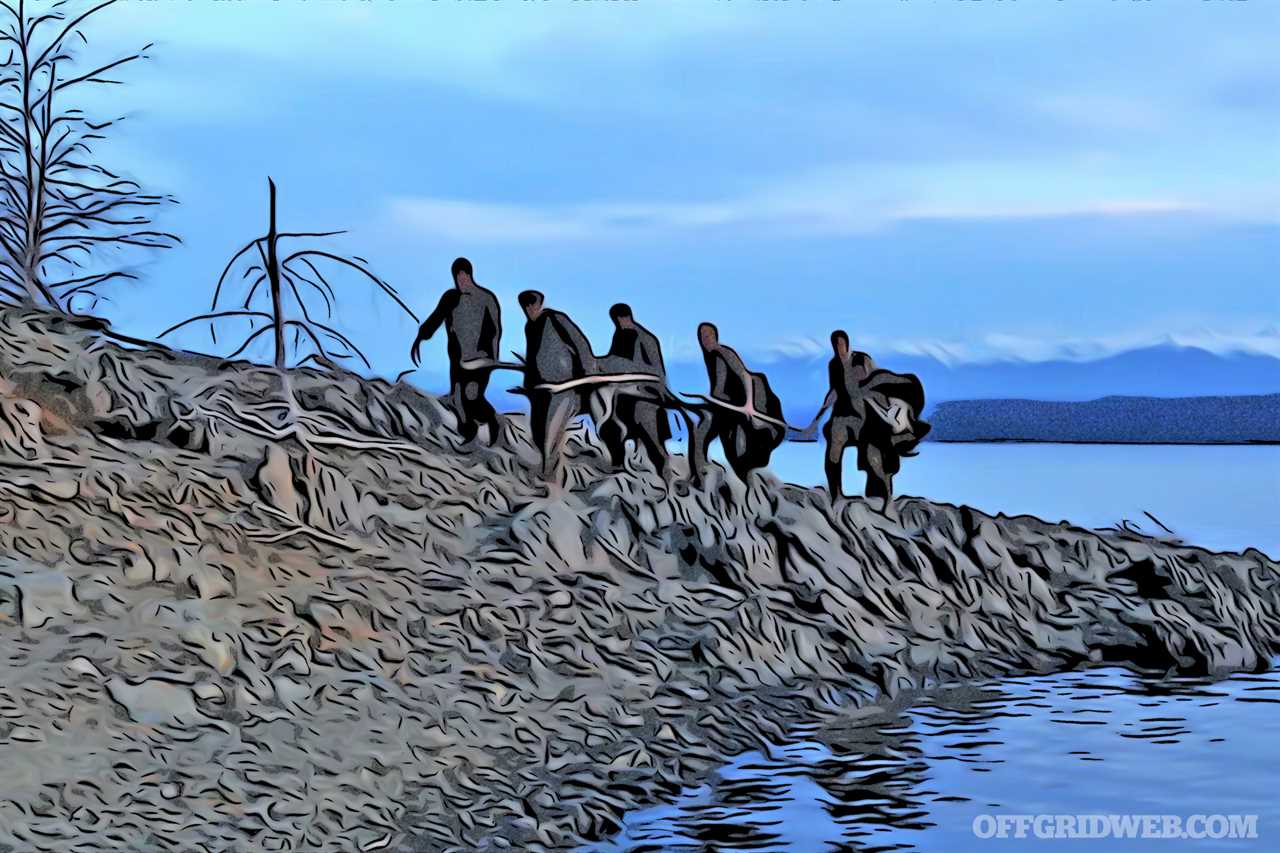
When you were in high school, you probably learned that in the Soviet Era of Russia, political prisoners were sent to the Gulag. Located in the harsh Siberian wilderness, the environment was used as a deterrent and working was considered the only way to stay warm and stay alive. In The Way Back, a handful of prisoners decided to escape the wilderness and walk to freedom. The only problem, and one that plays out over and over in the film, is the physical distance the characters have to cover to escape the grasp of the communists. Just when you think the ragtag crew of escapees get a break, they have to find the strength to keep going. All told, the walk from captivity to freedom covers 4,000 miles or roughly the distance from New York to Los Angeles to Seattle with plenty of miles to spare.
This movie captures the reality of survival in multiple climates. Immediately as the prisoners escape, they fashion winter goggles out of birch bark to deal with whiteout conditions. They later walk along Lake Baikal, which is known for its thick flies, and they’re plagued by them until they notice locals using an apparent repellent necklace made from the local vegetation. As they travel further east, they encounter desert conditions and the relentless heat of the sun. The characters find food where they can and celebrate it as the blessing it always feels like when you’re stuck in the wilderness without it. Another aspect the filmmakers got right was the importance of morale; the characters go through phases of elation, despair, and boredom in different scenes.
Something that captured our imagination was the concept of adding another member to a survival group. In a very real discussion, the characters must decide if they want to support a young girl who follows them or leave her behind. In a real-life scenario, a two-day food supply for one becomes a one-day supply for two. The moral dilemma is very real in Hollywood as well as in emergency scenarios where one neighbor must decide to welcome in the family of another neighbor.
Perhaps the best aspect of the movie in terms of survival realism is the ever-present concept of motivation. This glimpse into positive mental attitude and survival psychology is the section most people skip over in survival manuals, but it’s also the most interesting part of this movie as the actors’ expressions convey the grueling task of putting one foot in front of the other. This movie doesn’t win awards for cool gear, but it definitely is on our watch list for realism.
The Martian (2015)
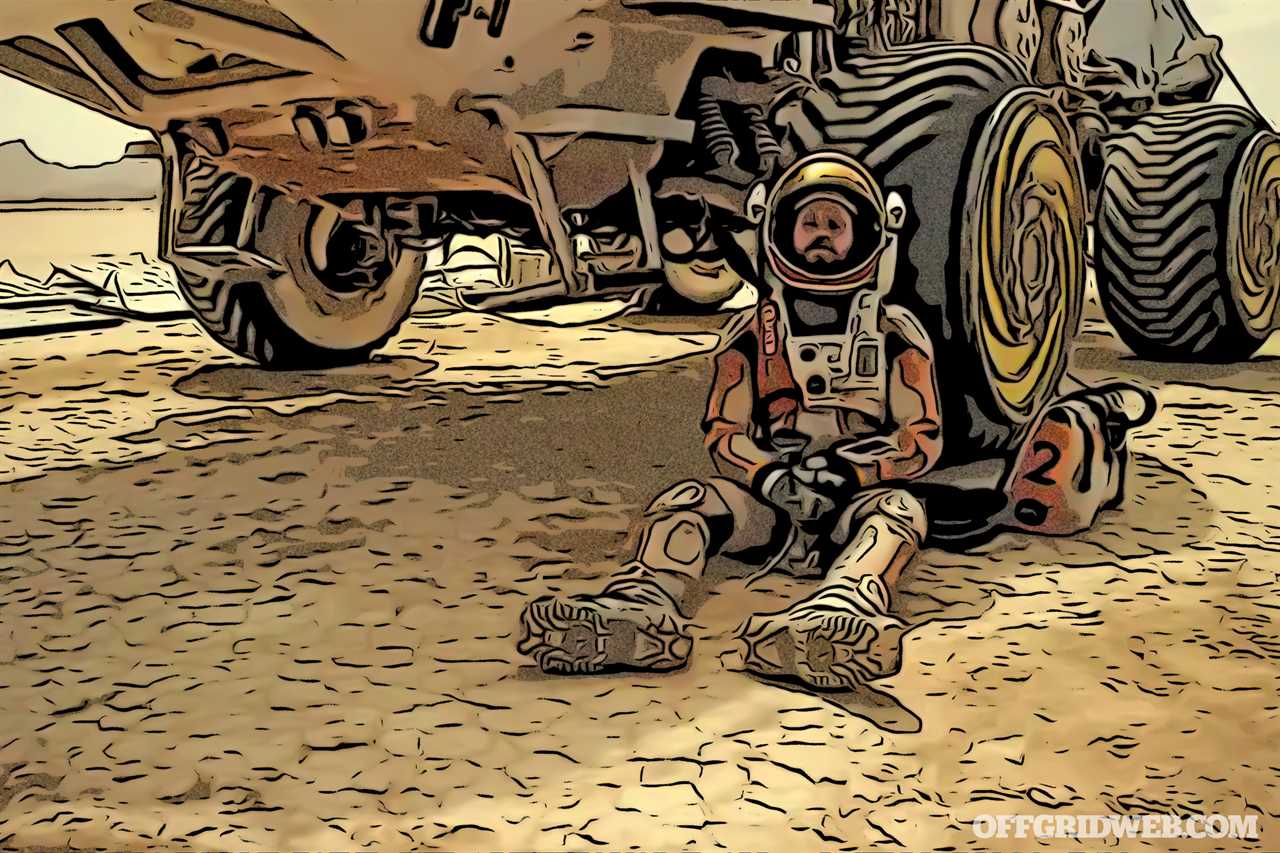
When astronaut Mark Watney (Matt Damon) is presumed and left for dead, he must fend for himself on the planet Mars in The Martian. This movie hits the survival nerve in a different way for us. You see, in most movies, the challenge is dealing with the wilderness of this planet. This one is out of this world, quite literally, and while we haven’t yet stepped foot on the red planet, we can appreciate the survival concepts that transcend the galaxy in this movie.
From the moment the rest of his crew escapes Mars, Watney needs to deal with a ruptured space suit, and more importantly, a punctured body. He returns to the base station and administers self-aid. We appreciate that the filmmakers didn’t give his character the superhuman ability to ignore pain and carry on. Survival priorities are always in flux and sometimes you need to address your first-aid and trauma needs before working toward putting food on the table.
Speaking of which, we like how the stranded astronaut took store of his supplies and quite logically determined how he needed to extend his food rations. We aren’t sure if using rehydrated human feces and Martian dirt in a makeshift greenhouse would yield potatoes, but it’s OK to suspend disbelief for a while. Later in the film, Watney is shown shirtless and physically weakened from a calorie-restricted diet. Other actors like Christian Bale are known for physical transformations but in this movie, the shock of comparing the shirtless actor at the end of the film to earlier when he sutured himself sold the idea he was truly surviving.
Hunger aside, The Martian does a great job of showing how a person can be resourceful with limited resources. Even thousands of miles away, at one point, good ol’ duct tape (or some astronaut equivalent) comes into play to seal his helmet. When a fire was needed, he shaved wood from a crucifix left behind from one of his colleagues. When a signal was needed, he recalled where a camera was and used hexadecimals to communicate with Earth. Watney embodied the spirit of improv.
Much like the psychological lesson of pressing on in The Way Back, another lesson of the mind is apparent in The Martian. Watney records a daily journal of his efforts for prosperity. Sometimes, journaling and speaking out loud help take ideas and put them somewhere physical. It’s easy to think about your problems. Writing out a plan that leads to an attainable goal is better than thoughts alone. Another aspect of this film we appreciate is the ending. Spoiler alert: When Watney gets back to earth he decides to educate the next generation in a college classroom. That hits me right in the survival instructor feels.
Survival Movies that Missed the Mark
Survival Island (2005)
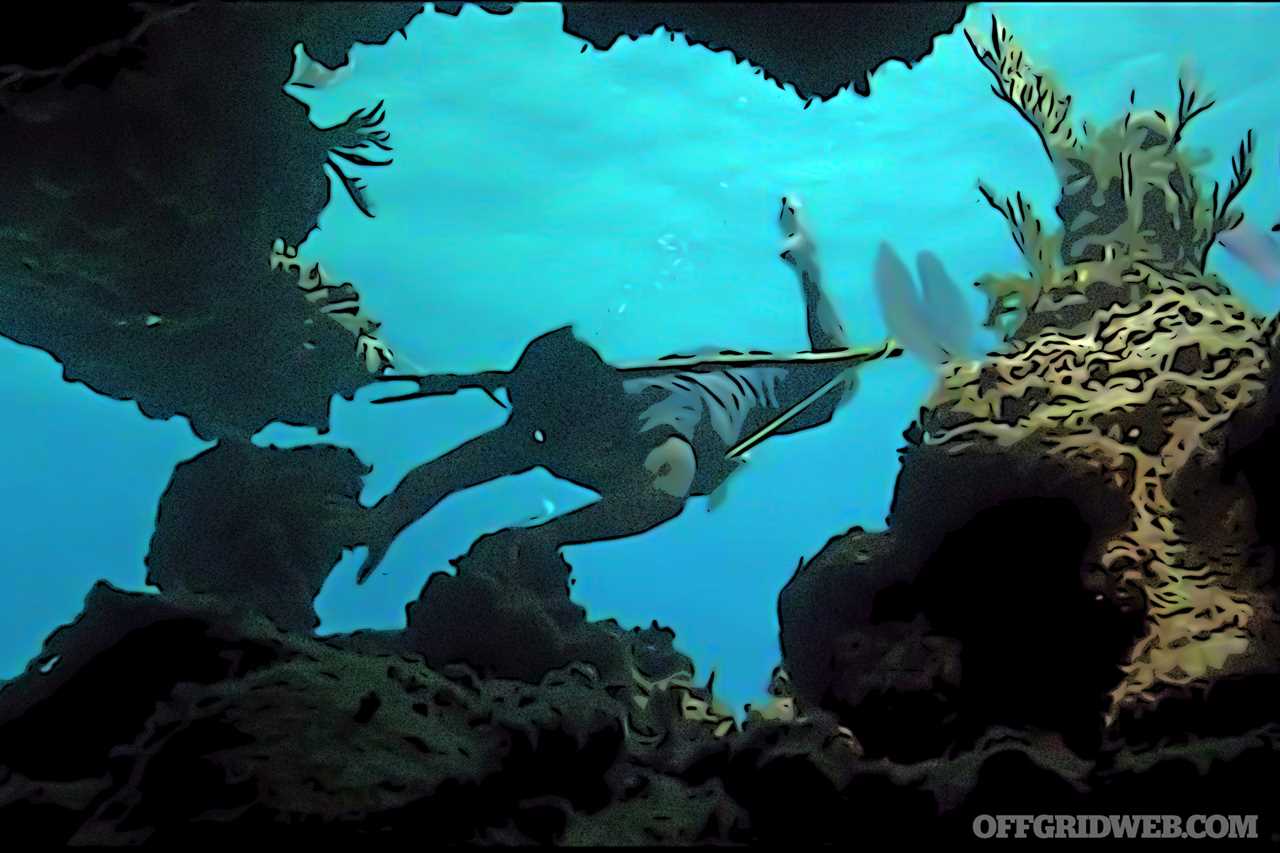
Perhaps the least-known movie in this collection, Survival Island stars Billy Zane (Jack) and Kelly Brook (Jennifer) in a tale of desert survival, a wicked love triangle with a deckhand named Manuel played by Juan Pablo Di Pace, and no shortage of questionable survival actions. The plot is simple. An extremely wealthy couple takes a cruise, but the ship catches fire and forces the occupants into the ocean before the three previously mentioned characters wash up on an island. At first, only Manuel and Jennifer locate one another but a couple days later, Jack shows up unconscious. When he wakes, the deception, allegations, and violence begin.
As the predictable tension creates a ridiculous story line, there are pearls of decent survival skills shown. At one point, a sunken dinghy is pulled ashore and fixed by Jack only to be stolen by Jennifer and Manuel later. At another point in the film, goggles are used for spear fishing, and when they prove to be useful by one of the parties, a bottle is turned into a diving mask for spearfishing by another party. True to the idea of scarcity, when resources are in short supply, demand will be high. When Jennifer realizes her husband can’t provide food as easily as Manuel can, her wedded allegiance starts to fade. She moves from one terribly built survival shelter to another and plays the little spoon with another guy right in front of her husband.
If we look at this movie as a commentary on human nature, it makes us wonder if three strangers would collaborate to survive or live in conflict like the script called for. Let’s face it, guys have made very stupid decisions over women and vice versa for centuries. The concept of infidelity isn’t new but what makes this movie really awkward is the idea that it plays out on a sandy open stretch of beach for the cheated-on to witness himself. Maybe the movie wasn’t inaccurate to show the homicidal rage later in the film. What makes us scratch our head is the time line. So much happens in such a short window of time.
At the risk of sounding doggish, we take issue with the insatiable libido of the characters on the island despite the hunger, stress, and general discomfort of not showering, living in the sand, and being without simple toilet paper. Even though Jennifer is played by a British supermodel, we wonder if anyone could take their mind off the very likelihood of starvation on an island to muster up some blood flow to the brain that isn’t thinking of life and death. Maybe Jennifer’s bikini (which by the way remains perfectly stark white) serves as a smoke screen to the doubtful sex drive these characters demonstrate.
I Am Legend (2007)
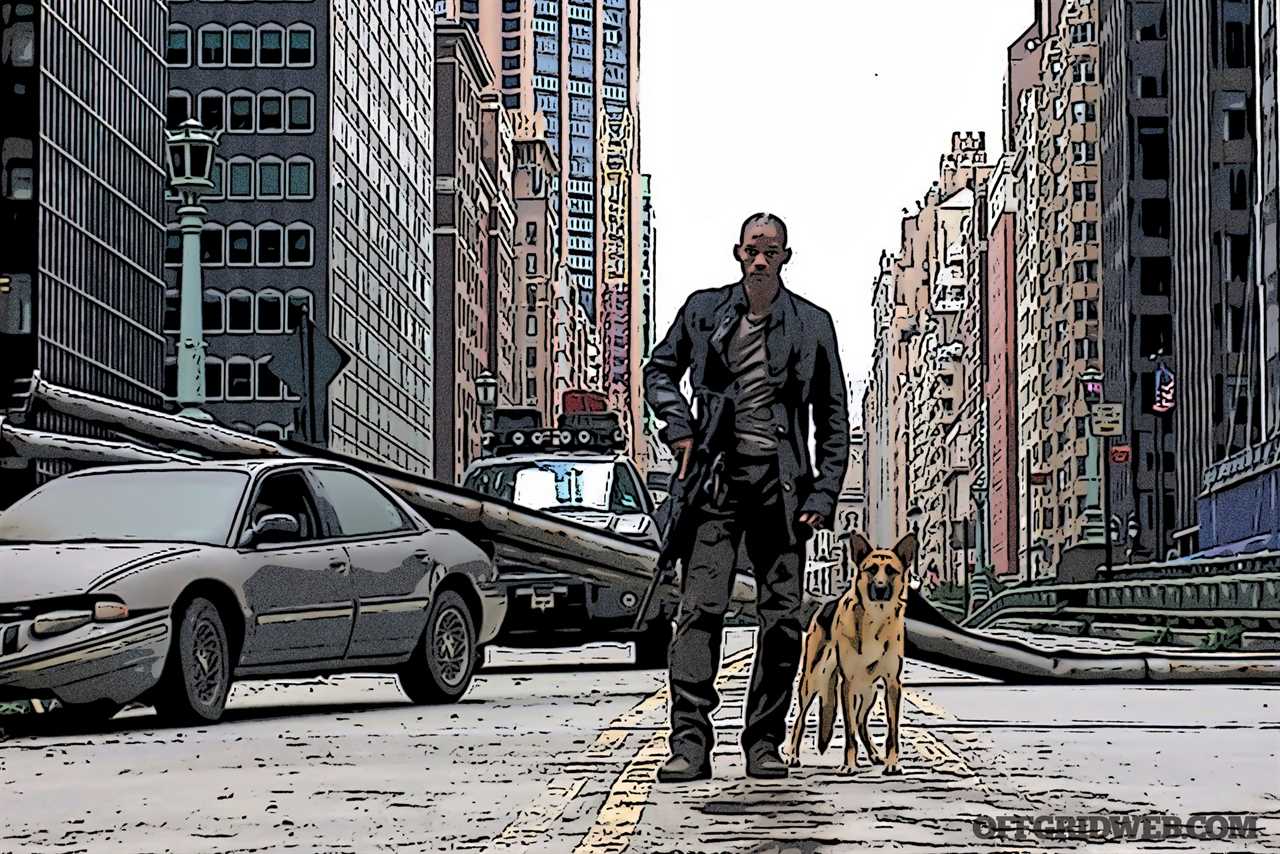
When the trailer to this movie came out, we were excited at the reboot of The Last Man on Earth with Vincent Price and The Omega Man with Charlton Heston. We liked the poacher’s dream of hunting down deer in the middle of Manhattan with a cherry red Mustang and an AR-15. This movie, starring Will Smith as Army Medical Doctor Robert Neville, follows the story of the lone survivor of a global killer as he methodically tests vaccines for the ailment that has turned the rest of the population into superhuman track stars. This movie had so much potential with some pretty good prepper habits. Dr. Neville does regular PT, he searches apartments for supplies, he has weapons staged throughout his home, he rotates food and grows crops in open spaces. This movie had the right survival recipe, but a few bad ingredients made us scratch our heads.
Each night, Dr. Neville poured bleach to cover his scent on his front doorsteps. He set his watch to track the remaining sunlight of the day. He took care of the basic survival need of protection. But, did he do enough? We don’t think so. In the world the movie was set in, he could’ve easily relocated to a more secure facility each night. Imagine laying claim to a bank vault, a police station or prison, or even a boat he could anchor offshore each night. Sure, he’d have to rummage through dead mens’ pockets for keys, but he could have had any vehicle he wanted to drive around in. If we were in that scenario, we’d have our own personal tank, MRAP, or even an armored truck. No disrespect to his choice of bug-out vehicle, a Ford Expedition, but there are better trucks out there. Remember, this character is supposed to be a doctor with incredible luck to be the only one immune and supposed above-average intelligence. Come on, doc, make better choices.
Spoiler alert: Skip to the next movie if you don’t want the ending revealed here. Perhaps what chaps our ass most is the way this movie ends. Throughout the movie he does what he can to maintain his sanity. He stages mannequins like “Wilsons,” but this is used against him when the dark seekers move one. He gets trapped, his dog is bitten, and he’s forced to kill it and then he seems to simply give up. After discovering he isn’t alone, he takes in a woman and a child. His house is overrun and after giving the safe room space away to his new friends he performs seppuku by hand grenade. We actually prefer the alternate ending you can find online to this self-destructing display of weakness. Come on, doc!
The Revenant (2015)
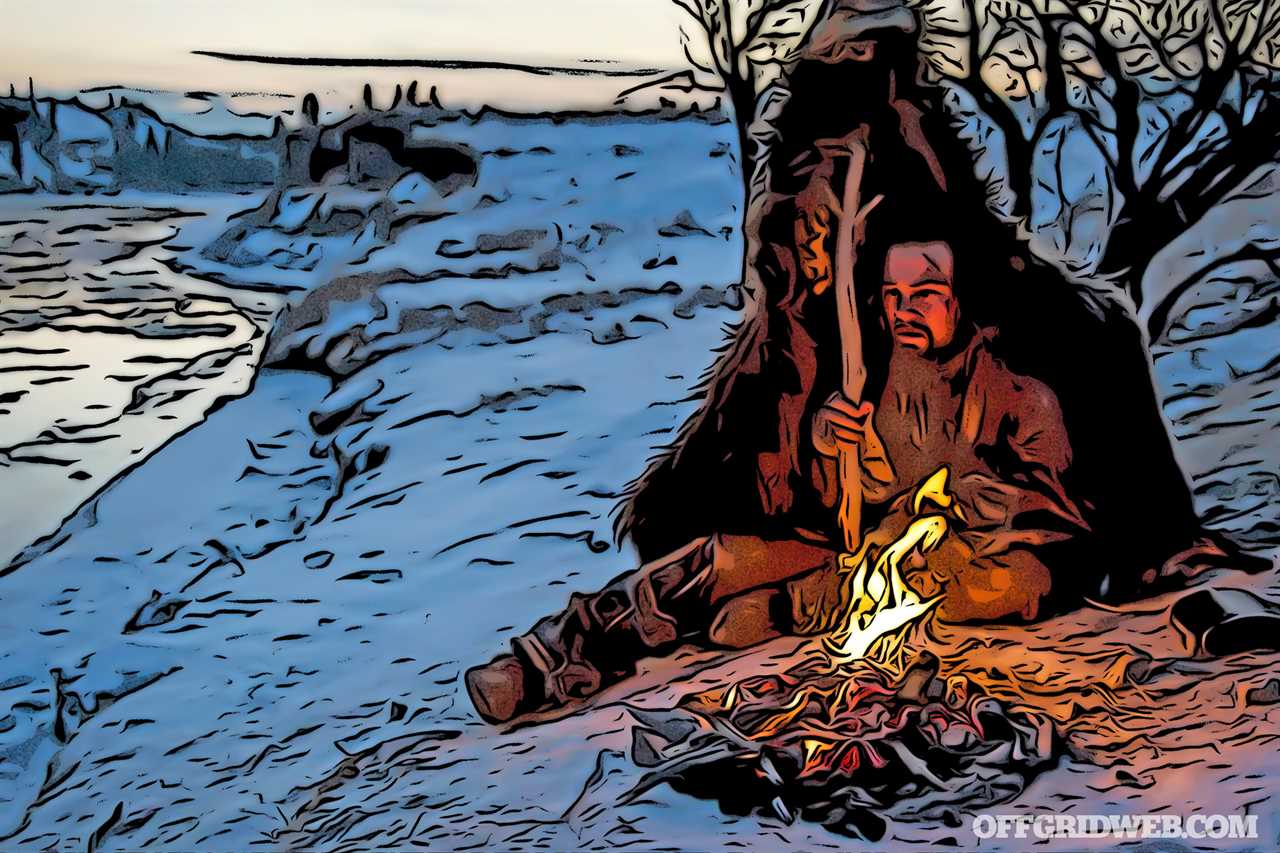
Revenge, wilderness survival, the kid from We’re the Millers with the nut sack spider bite playing Jim Bridger, what more could you ask for in a movie? Well, in the case of the “cinematic masterpiece” as it has been called, more historical accuracy was needed. Don’t take this the wrong way, the movie was entertaining, but it shouldn’t be used the night before a test on long hunters if you planned on watching a documentary instead of reading a book. This movie follows the story of Hugh Glass (Leonardo DiCaprio), an actual famous American frontiersman. He was mauled by a bear and left for dead by John Fitzgerald (Tom Hardy). Glass recovers from his injuries and seeks out the man who left him for dead. Sounds pretty awesome right? Hold your horses.
Despite the way the movie seems to convey the cold of the environment, that cold doesn’t seem to affect Glass as he evades Native Americans by swimming in an icy river. No apparent shock from icy immersion, just your average day. In fact, Glass finds warmth at one point in the movie after riding a horse off a cliff, through a tree à la John Rambo, and slicing open his trusty steed and jumping inside it like Luke did inside the tauntaun on the planet Hoth. If you’re following this ridiculousness after two movie references, you’ll probably be surprised to find out much of the exploits of the actual Glass happened in late summer.
One of the chuckle moments in this film is Glass starts a fire with traditional flint and steel that seemed to erupt into a roaring fire by skipping the stages of fire progression. Perhaps it was helped along with some flammable liquid by some technical advisor, but that isn’t how it happens in real life. We know char cloth is very prone to failure with any moisture and this miracle of fire isn’t how it would’ve played out without a little Hollywood magic.
Many of the readers of this magazine are firearm enthusiasts and The Revenant features plenty of muzzle-loading action to whet your appetite. That said, it’s amazing to us how characters in movies set in the early 19th century display marksmanship skills that the greatest shooting instructors of the present day would kill for. Even though American marksmanship and firearms technology was used with incredible guerilla tactics to defeat the British less than a century before this event took place, we want to throw a penalty flag for an almost impossible shot every time we see one, and this movie has plenty.
Conclusion
Hollywood films should be viewed more for entertainment than educational value. They offer an escape from the real world by providing 90-plus minutes of make-believe with actors pretending to be in harm’s way. We have the ability to rewind, pause, and stop this world we immerse ourselves in with the click of the remote. Let them inspire you but remember, it’s just a movie. The problem with trusting any film for survival education is getting too involved in the story line, the back plot, or the drama and believing your reality will play out like it did for the hero. Keep in mind, if a shot doesn’t work out in the film industry, the director can yell “cut” and try again. If something doesn’t work out for you in the wilderness, you won’t be as fortunate with the ability to do a retake.
About the Author
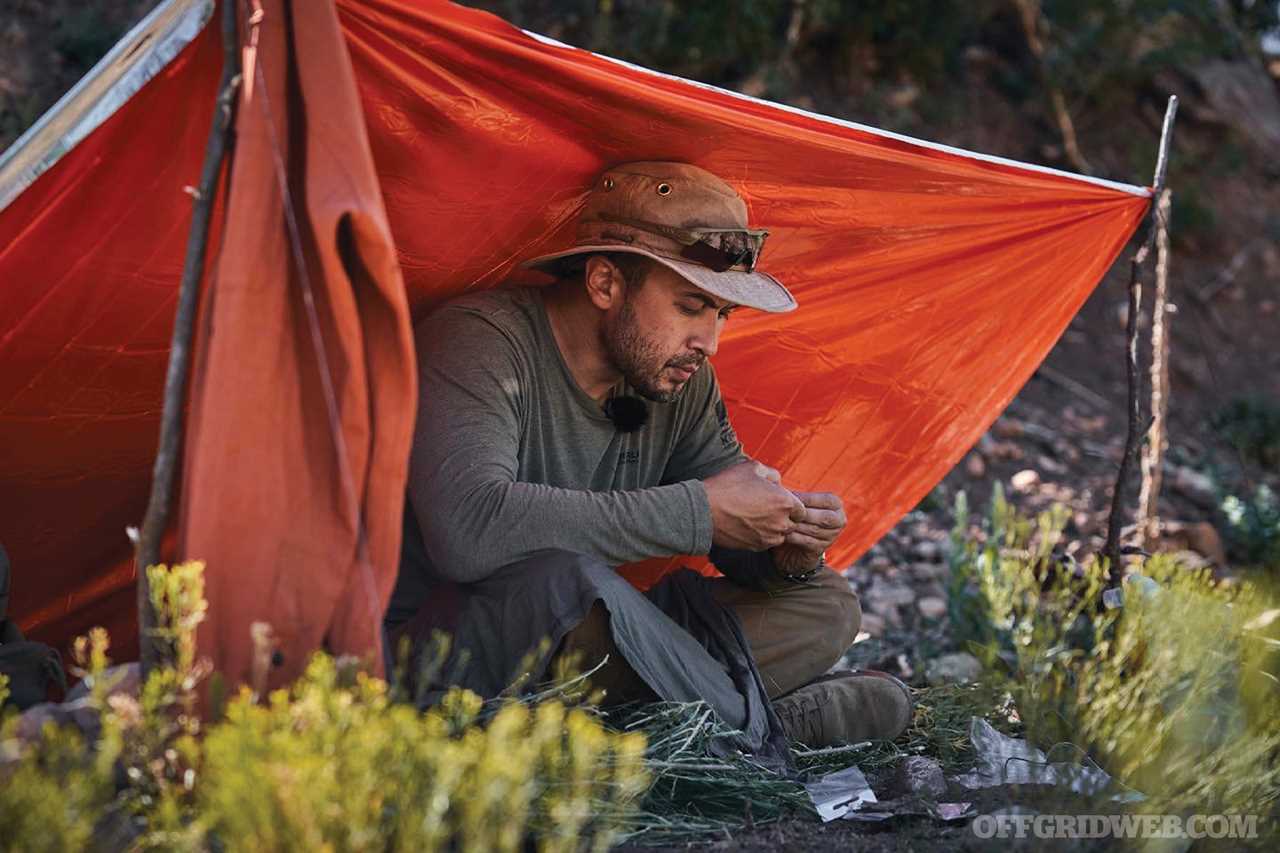
Kevin Estela is the Director of Training for Fieldcraft Survival, with over two decades of outdoor skill teaching experience. His dynamic work environment involves new survival skill education projects and tasks on a regular basis. One day, he might be scouting land for upcoming courses, the next flying to another state to teach a defensive handgun class, and the next filming content in the mountains for a 72-hour Ziploc bag survival challenge.
The post Hollywood Survival: The Best and Worst Survival Movies appeared first on RECOIL OFFGRID.
By: Offgrid Staff
Title: Hollywood Survival: The Best and Worst Survival Movies
Sourced From: www.offgridweb.com/survival/hollywood-survival-the-best-and-worst-survival-movies/
Published Date: Wed, 06 Jul 2022 23:08:47 +0000
------------------------
 What is BushcraftSurvival SkillsToolsVideosBushcraft CampsBushcraft KitsBushcraft ProjectsPrivacy PolicyTerms And Conditions
What is BushcraftSurvival SkillsToolsVideosBushcraft CampsBushcraft KitsBushcraft ProjectsPrivacy PolicyTerms And Conditions
